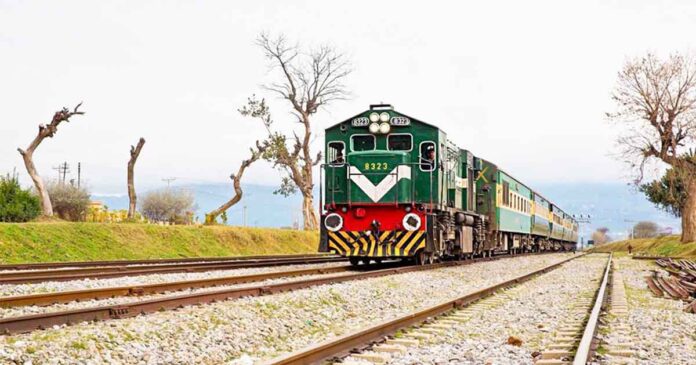ISLAMABAD: Apart from $6.683 billion Main Line-I project being negotiated with Chinese side, Pakistan Railways is spending millions of rupees on the improvement and revamp of its infrastructure, including tracks, bridges, stations, and rolling stock.
According to railways documents, Pakistan Railways is planning to upgrade 11 stations under PSDP projects that include Peshawar, Hassan Abdal, Rawalpindi, Gujranwala, Lahore, Narowal, Nankana Sahib, Raiwind, Okara, Sahiwal, and Bahawalpur.
Another major project that Pakistan Railways plans to undertake is the rehabilitation of 518 kilometers track between Kotri and Khanpur. This project will cost Rs1862.84 million. Other projects include the rehabilitation of Karachi Port tracks, the upgrading of Railway Dry Ports, and the rehabilitation of track machinery.
Pakistan Railways is also taking steps to improve maintenance of its assets. These measures include increasing fiscal space for maintenance through transfer of pension, reducing utility bills through solarization, improving procurement management through prioritized procurement, and an efficient fuel management system.
The department is also gradually shifting from manual to a mechanized track maintenance regime for enhanced productivity and quality. Improved governance of the maintenance system through the introduction of IT-related interventions (ERP, etc) and provision of professional human resources is also among the top priorities.
Regional connectivity is an important aspect of the Pakistan Railway development framework. Presently, Pakistan Railway has planned to improve its functional links with regional countries including India and Iran. Furthermore, some new rail links would be established as Uzbekistan-Afghanistan-Pakistan (UAP) Railway connectivity project through Kohat-Kharlachi, Pakistan-China Railway connectivity project through Havelian-Kashgar and Pakistan-Iran Railway connectivity project through Quetta-Zahedan. These projects will help to improve the connectivity of Pakistan with its neighboring countries and boost the economy.























